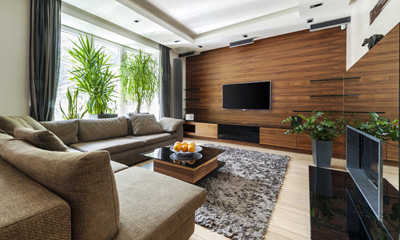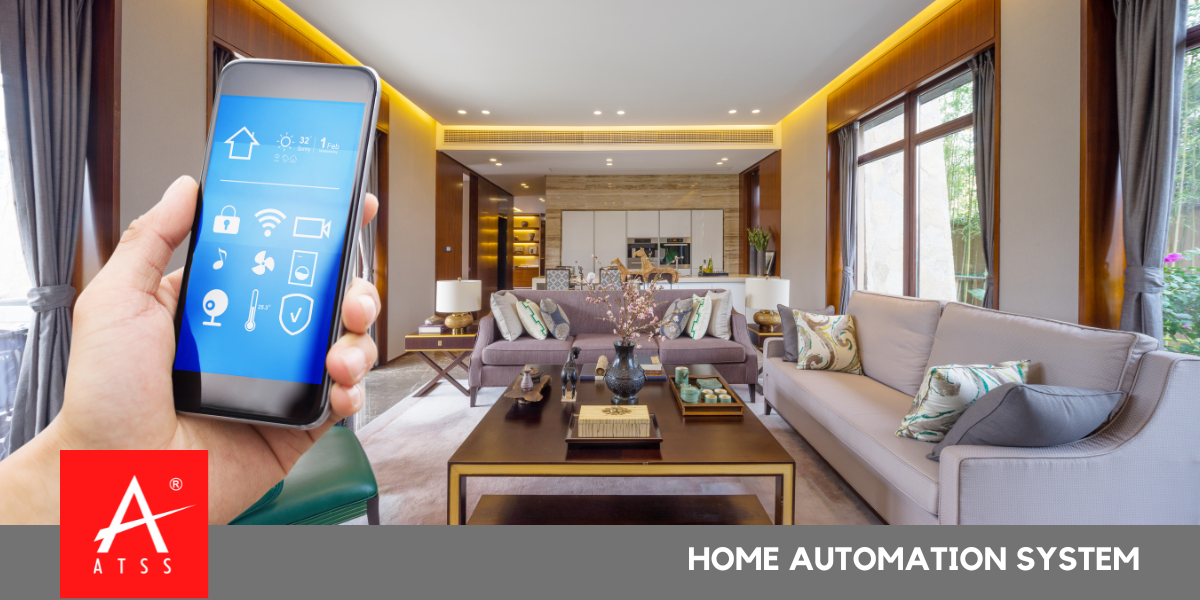Home Automation System Tips for Planning and Designing

Smart homes rely on home automation products and technologies to make homes more safer, more secure and more comfortable. Five key areas to consider when planning and designing a home automation solution: wiring, systems operation, climate control, security, and entertainment and lighting.
Wiring
A home automation system should use both serial bus ports and Wi-Fi to ensure that the system stable, reliable and expandable. Since more and more components in the system—such as door locks, intrusion alarms and fire alarm—are embracing IP-based applications, integration of these products must be considered when planning systems wiring. All of these components must be able to connect to the Internet or home LAN, in addition to reliably transmitting signals and communicating with each other.
System Operation
A touchscreen control panel is the heart of a home automation system, and it is the component that a user directly interacts with to control other parts of the system. Aside from a user-friendly interface, the control panel must also include different levels of permissions for administrators, users and visitors.
Newer systems also allow users to remotely control the system through smartphone and tablet computer apps.
Climate Control
Climate control consists of temperature and humidity control, and generally include cooling and heating modes, temperature and humidity sensors, and adjustable fan speeds. The climate control systems monitors the environment and maintains it at a user-defined condition. In addition, the climate control system should be able to relay its current status to the control panel or a user’s smartphone or tablet computer.
The climate control system should be designed to accommodate different settings in different parts of the home for comfort, convenience and security reasons, such as:
Kitchen: Monitor for gas and water leaks, smoke and fires
Living room: Automated smoke alarms and ventilation; shut off power in the area
Bedroom: Humidifier and dehimidifier, air purification
Security and Safety
1. Intrusion alarm: Trigger an alarm when the system detects unauthorized entree through doors or windows. The system should automatically turn on all the lights in the home, record video, sound alarms and send notifications, images and video to the user’s computer or smartphone. The system should also be able to contact the police or security service provider.
2. E nergy monitoring: Monitor water, energy and gas. The system should automatically shut these off in case of leakages and notify the user.
3. Fire safety: Install smoke alarms and CO-level monitors in common areas such as the living room, kitchen and entertainment room. When anomalies are detected, the system should automatically ventilate the area and notify the user or fire department if there is a fire.
4. Panic button: Children and elderly members of the family need to be able to notify other members of the family or the police in case of an emergency. Panic buttons should be place in their rooms, as well as other rooms that may be locked, such as bathrooms.
Entertainment and Lighting
A big emphasis in designing smart homes is in reducing energy consumption, as well as other environment-friendly features. Infrared sensors should be installed at stairways and hallways so the system can efficiently control lighting in the home. Sensors should also be place in bathrooms to avoid wasting water and gas.
In addition to energy-saving benefits, the lighting system should also integrate with other systems for entertainment purposes. For example, the lighting could automatically moods that match certain types of background music, while the home theater system can control the lighting and draping for optimal convenience and comfort.

